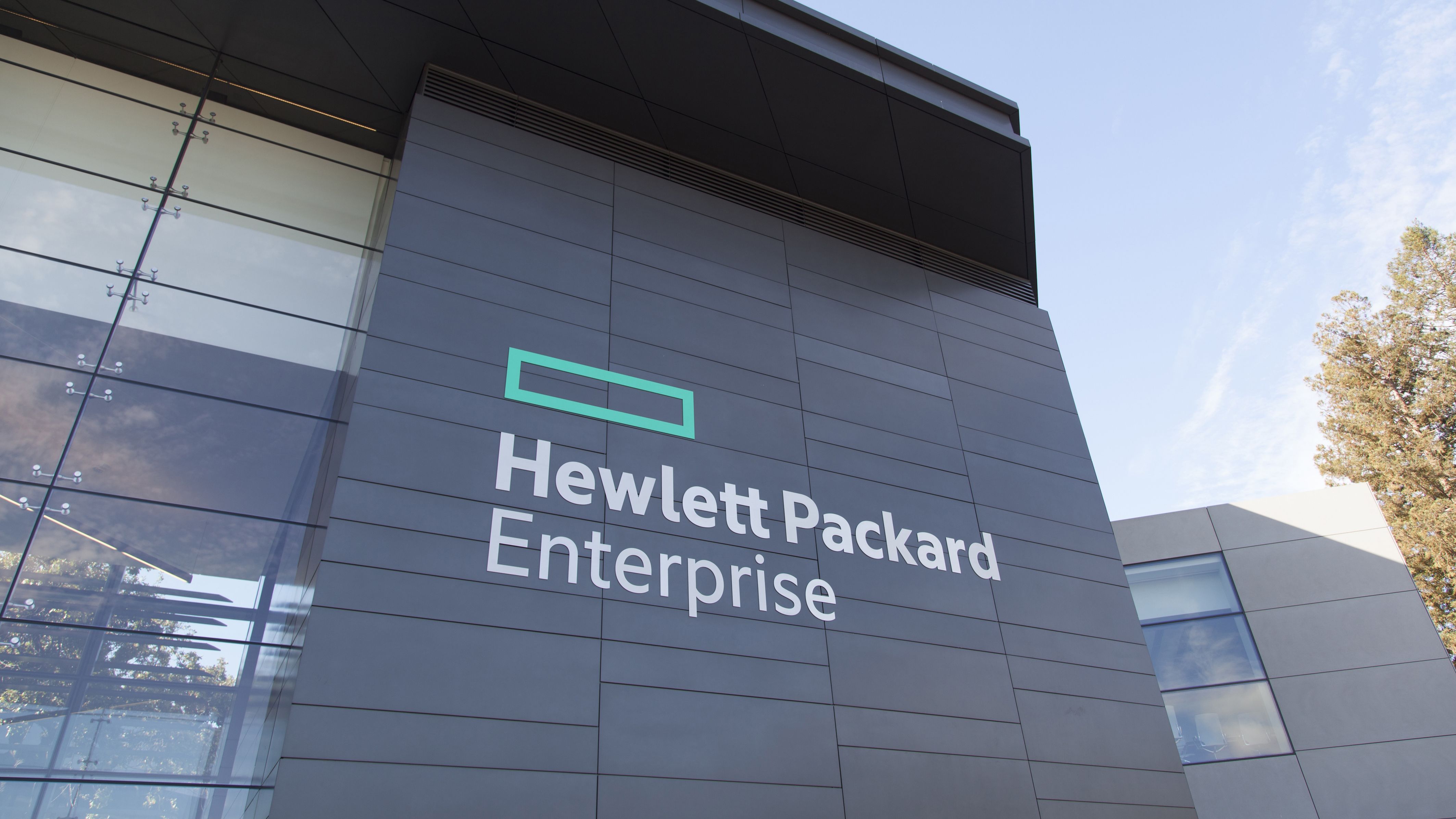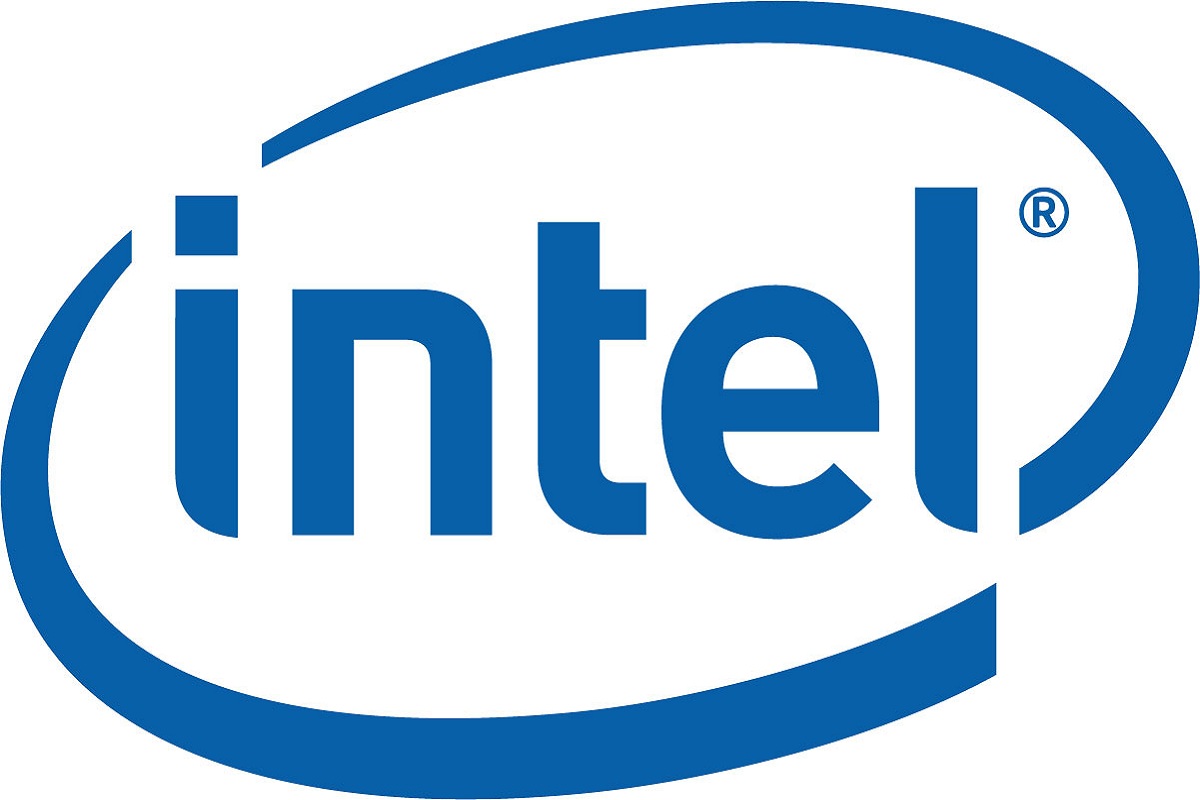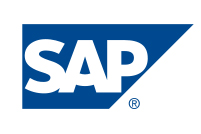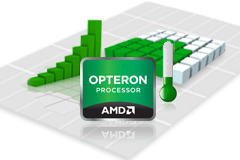Red Bull Racing revs up high-performance IT
The Formula 1 racing team is using new grid management software to improve the throughput of its high performance computing environment for car design and analysis.


Red Bull Racing, the Formula 1 race team, has revealed it is using new grid management software to improve the management and use of its high performance computing (HPC) infrastructure.
The team has been has been using a 1,024-core HPC cluster running AMD processors on an IBM server platform for some months now and needed to find a more automated way of running its computational fluid dynamics (CFD) models on the platform.
Steve Nevey, business development director of Red Bull Technology, which manages the technology partnerships of both Red Bull Racing and sister team, Scuderia Toro Rosso F1, told IT PRO that having already used two similar 250-core clusters installed two years go, its latest HPC platform allowed the team to run larger CFD models, faster.
"The problem emerged when the guys would set a big job to run overnight," he said. "Being able to run bigger jobs faster meant they would have to hang around to kick off another job. We needed to automate this with software to handle the scheduling of CFD jobs."
The team took on load sharing facility (LSF) software from specialist provider Platform Computing to manage job scheduling more effectively. As a result, Nevey said it has managed to improve the throughput of CFD jobs on it HPC platform. "We've been able to optimise the AMD/IBM cluster implemented last year to run CFD jobs by 20 per cent," he said.
He explained how maximising CFD analysis throughput is key to successful car design because it allows Red Bull Racing's designers and engineers to streamline their development of key characteristics that simultaneously maximise downforce and reduce drag the cars create on the track, as well as shorten production time.
Nevey said another benefit of the Platform LSF software is that Red Bull Technology is now able to use hardware more efficiently by selecting the best hardware to run simulation processes at each development stage. Maximizing throughput also reduces downtime in support of the development, from building the CFD mesh to post processing.
Get the ITPro daily newsletter
Sign up today and you will receive a free copy of our Future Focus 2025 report - the leading guidance on AI, cybersecurity and other IT challenges as per 700+ senior executives
"We've been able to demonstrate better return on investment," he said. "By optimising the cluster, we are also building fewer 60-per-cent models and optimising the time it allows us to spend in wind tunnel."
Nevey added that the team is now looking to run more structural and vehicle dynamics modelling on the new cluster because of the LSF software's added management capabilities. And it will also look to use it to add the spare processing power of its computer aided design (CAD) PC workstations when not in use to grow its virtual pool of compute power in future.
A 25-year veteran enterprise technology expert, Miya Knights applies her deep understanding of technology gained through her journalism career to both her role as a consultant and as director at Retail Technology Magazine, which she helped shape over the past 17 years. Miya was educated at Oxford University, earning a master’s degree in English.
Her role as a journalist has seen her write for many of the leading technology publishers in the UK such as ITPro, TechWeekEurope, CIO UK, Computer Weekly, and also a number of national newspapers including The Times, Independent, and Financial Times.
-
 Cleo attack victim list grows as Hertz confirms customer data stolen
Cleo attack victim list grows as Hertz confirms customer data stolenNews Hertz has confirmed it suffered a data breach as a result of the Cleo zero-day vulnerability in late 2024, with the car rental giant warning that customer data was stolen.
By Ross Kelly
-
 Lateral moves in tech: Why leaders should support employee mobility
Lateral moves in tech: Why leaders should support employee mobilityIn-depth Encouraging staff to switch roles can have long-term benefits for skills in the tech sector
By Keri Allan
-
 How to build a global data center strategy
How to build a global data center strategyWhitepaper Seven considerations in a global data center strategy
By ITPro
-
 HPE launches ‘world’s first’ solar-powered supercomputer Hikari to solve Zika virus
HPE launches ‘world’s first’ solar-powered supercomputer Hikari to solve Zika virusNews Nearly a third of total power used by supercomputer supplied by renewable energy sources
By Sooraj Shah
-
 Man who 'deleted company with one line of code' admits it was all a hoax
Man who 'deleted company with one line of code' admits it was all a hoaxNews Marco Masala admits the story was a viral marketing ploy
By Aaron Lee
-
 Intel confirms Altera purchase: What happens next?
Intel confirms Altera purchase: What happens next?Analysis The acquisition will enable Intel to integrate Altera's FPGA products to meet customers' IoT and data centre needs
By Rene Millman
-
 ARM unveils mbed OS for Internet of Things
ARM unveils mbed OS for Internet of ThingsNews Free OS could help developers speed up IoT products and devices, it is hoped
By Rene Millman
-
 AMD buys into cloud server market with SeaMicro
AMD buys into cloud server market with SeaMicroNews The acquisition of SeaMicro will give the chip manufacturer a clear entrance into the cloud.
By Jennifer Scott
-
 SAP splashes £2.18bn on SuccessFactors
SAP splashes £2.18bn on SuccessFactorsNews The firm boosts their business software with the inclusion of Human Capital Management.
By Jennifer Scott
-
 AMD launches 16-core chips for cloudy goodness
AMD launches 16-core chips for cloudy goodnessNews The 16-core chips should benefit cloud users looking for scalability and efficiency.
By Tom Brewster